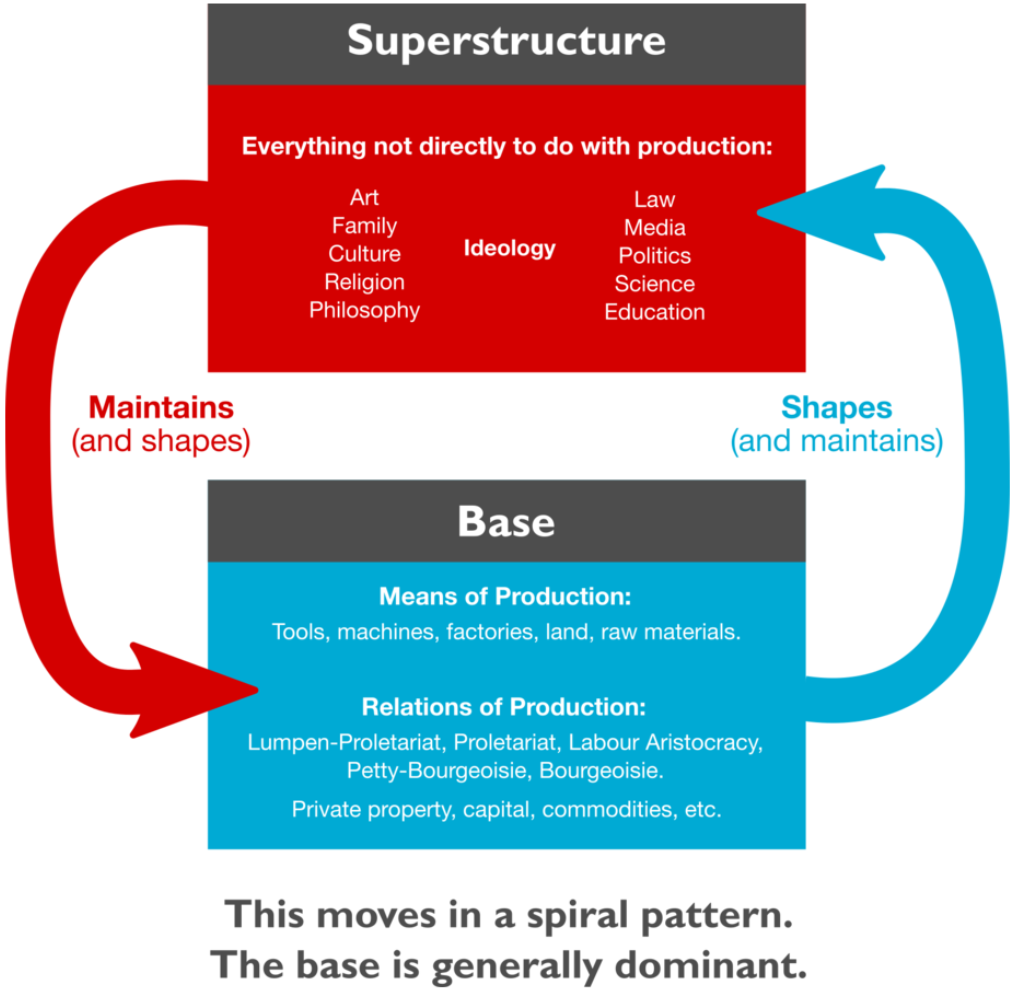this post was submitted on 20 Feb 2024
42 points (100.0% liked)
askchapo
22931 readers
182 users here now
Ask Hexbear is the place to ask and answer ~~thought-provoking~~ questions.
Rules:
-
Posts must ask a question.
-
If the question asked is serious, answer seriously.
-
Questions where you want to learn more about socialism are allowed, but questions in bad faith are not.
-
Try !feedback@hexbear.net if you're having questions about regarding moderation, site policy, the site itself, development, volunteering or the mod team.
founded 4 years ago
MODERATORS
you are viewing a single comment's thread
view the rest of the comments
view the rest of the comments

The movement towards CGI in film, while pioneered by studios such as LucasArts and Lightstorm, has mostly been driven by the ability to reduce movie insurance costs for actors and crew. When James Cameron especially pioneered CGI in film for Titanic, he saw CGI as a way to enhance physical props, models, and locations, bringing a physically shot scene alive with details. George Lucas, on the other-hand, saw a potential to create from whole-cloth entire worlds of imagination rendered entirely digitally. Insurance companies, on the other hand, saw the potential to completely reduce liability for physical shots. Why use a blank that can kill someone (cough Alec Baldwin cough) when you can use a digitally rendered blast. It's why a big part of Christmanism is looking for a comeback of squibs, to fight against the base of capitalism.
However, while it begins as a conscious move from the base it becomes an unconscious move because eventually this mentality begins to seep into everything, as people are trained with these new techniques, old ones are forgotten, which influences what stories are told and how they are told. And it's not always all bad. Suddenly everyone was obsessed with multiverse theory in film because we could use these now well understood and widely taught CGI techniques to create these different spaces more affordably and 'real' than actual physical spaces ever could, which also converged with everyone feeling like everything is getting shittier from the base and attempting to imagine a better world, this reflecting the sentiment of the base in the superstructure, using techniques created by the base that had seeped into the superstructure.
It's all very cool, very nerdy stuff.
Props to you, man!
That being said, I guess we're going to meet an 18th Brumaire version of the CGI-usage issue, through A.I....
(I should read that work I mentioned...)
Is insurance part of the base? Seems very close to law (it's fundamentally a contract about who pays out damages if there's an accident that could result in litigation), or in its broadest sense finance (insuring against an unlikely-but-costly scenario).
I think you're right that CGI is a good example, though, it's just that the base part is the actual technological advancements that underpin the field.
Generally speaking I think it is, because a level of insurance, which is just risk calculation, except under this system it is risk calculation with the profit motive, will likely exist under any system. It doesn't particularly matter to me, the tech comes first, but the particular application of the tech is driven by the assessment based in profit motive, not further development of the tech in concert with other technology and aesthetic.